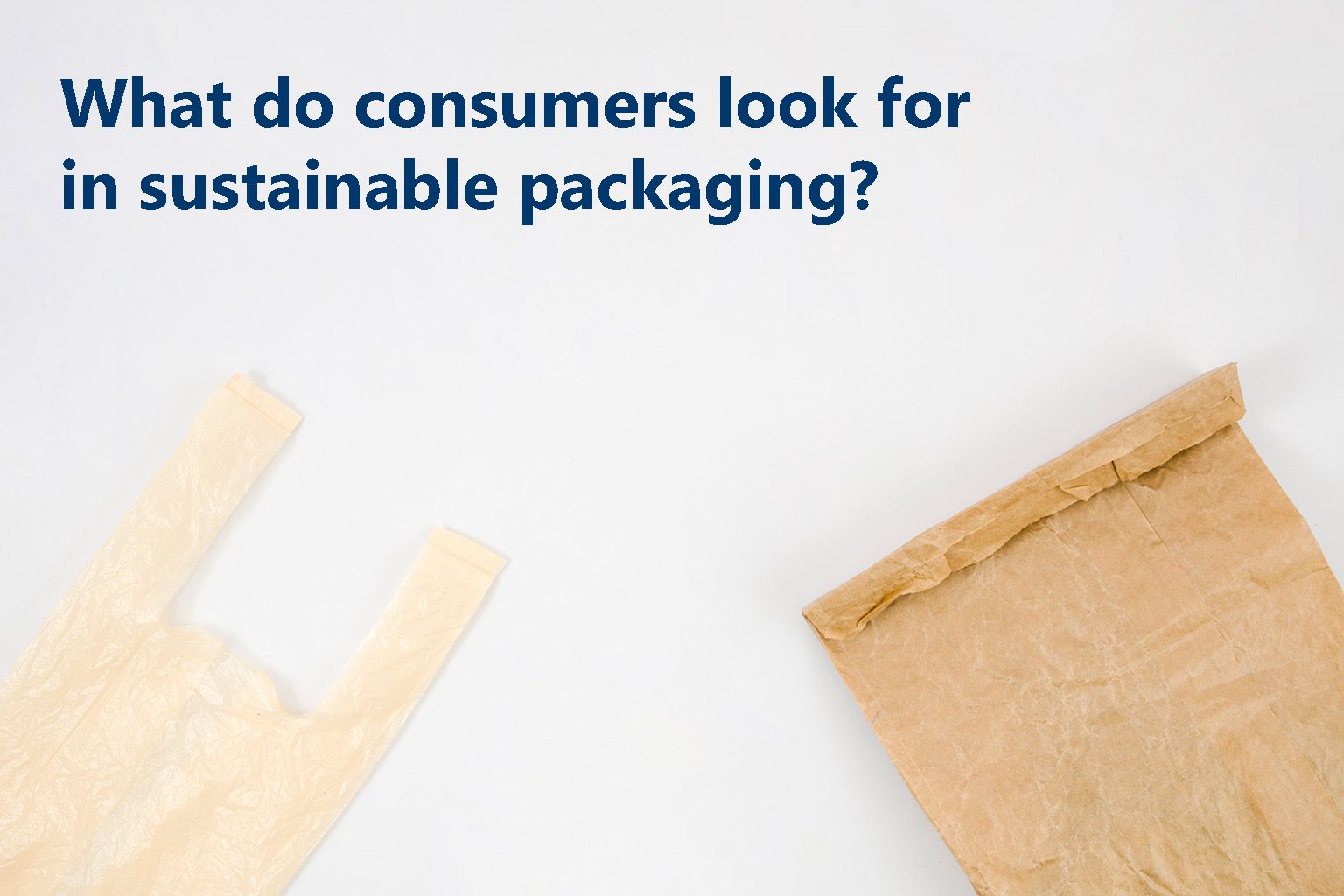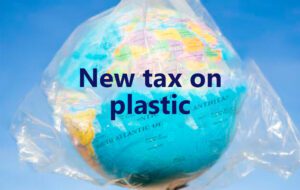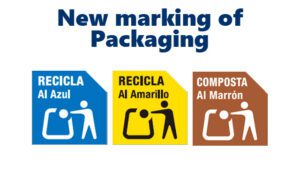In a world increasingly aware of environmental impact, packaging is no longer a secondary element but has become a decisive factor in the shopping experience. Consumers no longer just evaluate the product; they also look at how it is presented, what materials have been used and what message the packaging conveys. That is why sustainable packaging has established itself as a strategic tool for brands that want to connect with an informed, demanding and environmentally conscious audience.
A change in mindset: From functional packaging to responsible packaging
For decades, packaging served a purely practical purpose: to protect the contents, facilitate transport and extend shelf life. However, in recent years it has taken on an ethical and emotional dimension. Today, packaging communicates values, reflects brand responsibility and can directly influence consumer perception and choice.
This change responds to growing concern for the planet, excess plastic waste, and the need to adopt more sustainable consumption habits. More and more people are looking for packaging made from recycled or biodegradable materials, which minimises the use of plastics and comes from transparent and environmentally friendly production processes.
What do the studies say?
Various international reports confirm this trend. According to Shorr Packaging’s study on consumer behaviour:
- 90% of consumers say they are more likely to buy products with sustainable packaging.
- 54% have actively chosen products with eco-friendly packaging in the last six months.
- 43% are willing to pay more for environmentally friendly packaging.
- 39% have switched brands for a more environmentally friendly option.
This behaviour is more pronounced among millennials and Generation Z, but it also extends to older consumers who value transparency, business ethics and social responsibility.
What characteristics do consumers value most?
Consumers not only want packaging to be ‘green’, but also to meet a series of attributes that reinforce their trust in the brand, such as:
- Recyclable, compostable, biodegradable or reusable materials.
- Preference for paper, cardboard, bioplastics and certified materials (FSC, PEFC).
- Lightweight packaging that is easy to open and transport.
- Attractive design with eco-friendly inks, natural colours and messages that reinforce environmental commitment.
- Clear information about the origin of the packaging, its composition and how to dispose of it correctly.
- Labels with recognisable icons, certifications and educational messages.
- Incorporation of QR codes that allow access to additional information about the product.
What characteristics do consumers value most?
To adapt to this new reality, brands must integrate sustainability into the design, production and comunication of their packaging. Some key strategies are:
- Eco-design from the outset: Consider the entire life cycle of the packaging, from its manufacture to its recycling or composting. [Read more]
- Choosing responsible materials: Prioritise options with a lower environmental footprint and greater consumer acceptance.
- Clear and honest communication: Avoid greenwashing and opt for transparent, certified and educational messages.
- Purposeful innovation: Incorporate technology, design and functionality without losing sight of the environmental impact.
Conclusion: Packaging as a bridge between brand and consumer
Sustainable packaging has become an essential standard for brands that want to connect with conscious and committed consumers.
At Coverpan, we understand that every package is an opportunity to build trust, convey values, and make a difference. That’s why we accompany you every step of the way: from choosing the most suitable material to customised design, certification and compliance with current regulations. We work with you to ensure that your packaging not only protects the product, but also communicates your responsibility to the planet, because the future of packaging is built on involvement, proximity and shared solutions that reflect the value of moving forward together.




